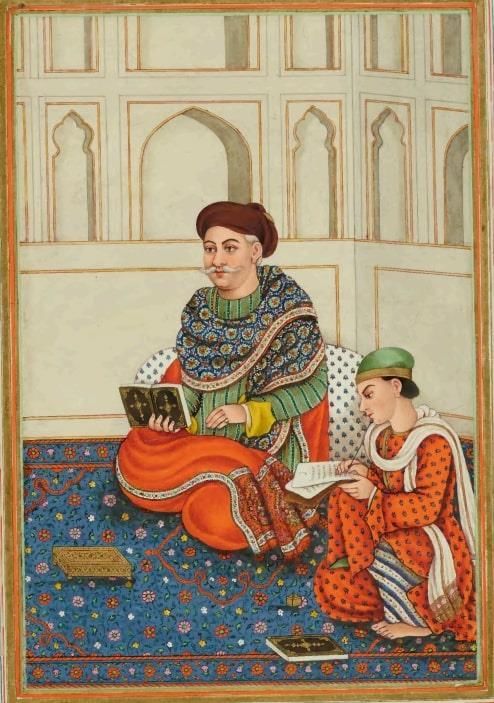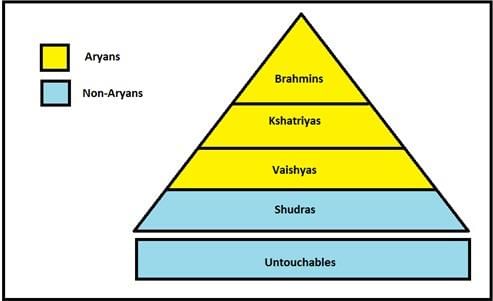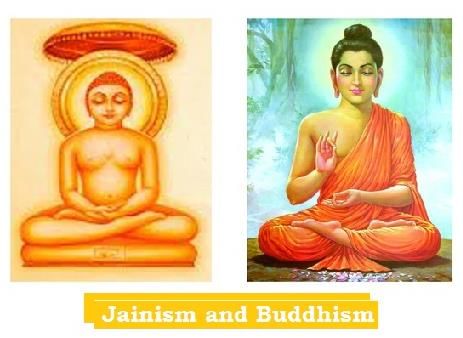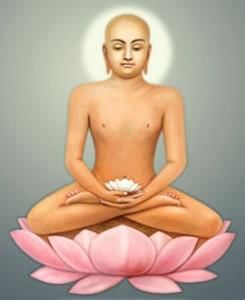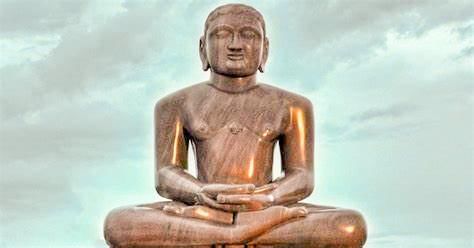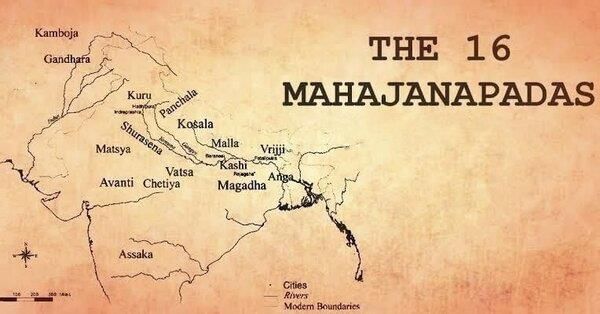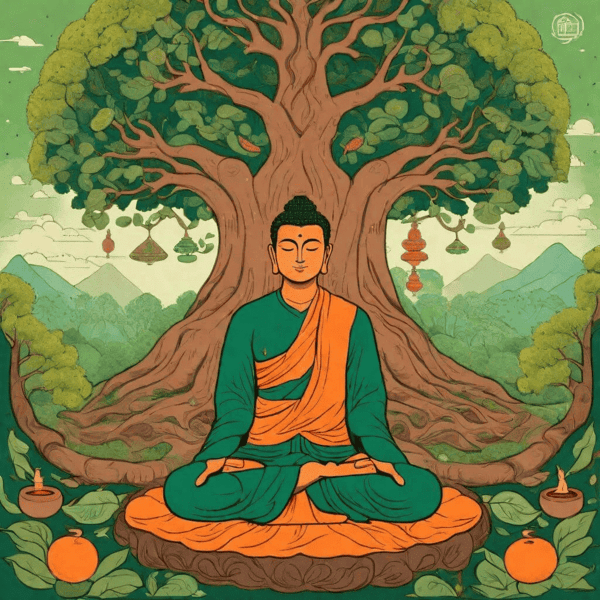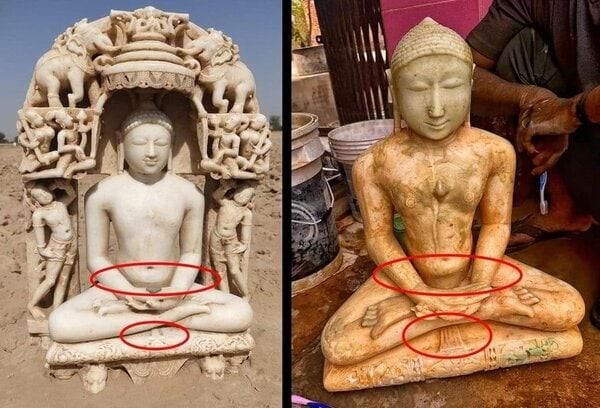|
The ruling class, Kshatriyas, reacted against Brahmanical dominance due to their feelings of ___ and the encroachment on their authority. |
Card: 1 / 40 |
|
True or False: The tensions between Shudras, Vaishyas, and higher Varnas were primarily due to the rigid Varna system that limited opportunities for the lower Varnas. |
Card: 3 / 40 |
|
True or False: The practice of cattle sacrifice was beneficial for the new agricultural economy as it increased cattle wealth. |
Card: 5 / 40 |
|
False. The practice of cattle sacrifice caused erosion of cattle wealth, which was essential for the new agricultural economy.  |
Card: 6 / 40 |
|
Fill in the blank: Vaishyas sought to improve their social position within the Varna system by engaging in ___ and trade. |
Card: 7 / 40 |
|
What role did traders play in the support of Jainism and Buddhism during the economic expansion? |
Card: 9 / 40 |
|
Traders supported Jainism and Buddhism as they sought alternative spiritual paths that aligned with their social aspirations. |
Card: 10 / 40 |
|
How did the rise in social inequality and accumulation of wealth influence the appeal of Jainism and Buddhism? |
Card: 11 / 40 |
|
It led individuals who were displeased with these changes to seek a return to a simpler spiritual path, which Jainism and Buddhism offered. |
Card: 12 / 40 |
|
Mahavira is known as the ___ in Jainism, signifying his status as a spiritual teacher who guides followers to attain salvation. |
Card: 13 / 40 |
|
Fill in the blank: Mahavira's teachings were primarily associated with regions such as Kosala, Magadha, ___, and Champa. |
Card: 17 / 40 |
|
True or False: The term 'Mahavira' translates to 'the great hero', reflecting his spiritual conquest. |
Card: 19 / 40 |
 Unlock all Flashcards with EduRev Infinity Plan Starting from @ ₹99 only
|
|
Fill in the blank: Mahavira wandered for ___ years in search of truth and enlightenment. |
Card: 21 / 40 |
|
The title 'Jina' signifies Mahavira as the conqueror of self and worldly attachments. 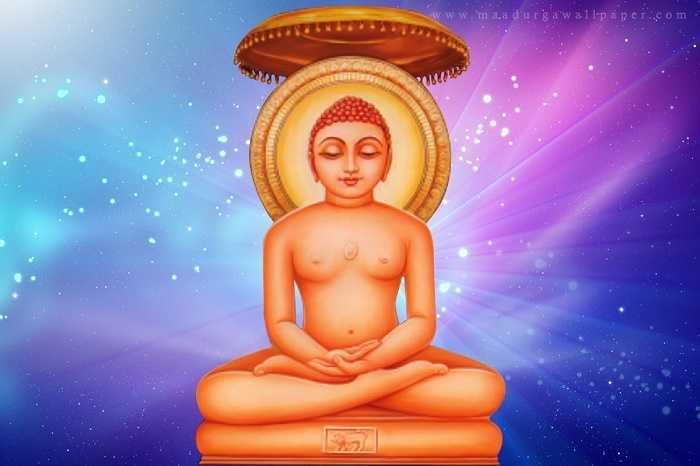 |
Card: 24 / 40 |
|
Ahimsa is considered the central principle of Jainism, promoting ___ towards all living beings. |
Card: 25 / 40 |
|
True or False: In Jainism, the principle of asteya allows for the acquisition of property as long as it's done honestly. |
Card: 27 / 40 |
|
False. Asteya prohibits stealing or dishonest acquisition of others' belongings. |
Card: 28 / 40 |
|
The practice of aparigraha in Jainism advocates for ___ from material possessions. |
Card: 29 / 40 |
|
What are the two sects in Jainism that differ based on the practice of discarding clothes? |
Card: 31 / 40 |
|
Fill in the blank: The principle of Brahmacharya emphasizes ___ and self-restraint in personal conduct. |
Card: 33 / 40 |
|
True or False: Jains are encouraged to accumulate wealth as part of their spiritual pursuits. |
Card: 35 / 40 |
|
Truthfulness is considered a fundamental virtue, and Jains adhere to honesty in thought, speech, and action. |
Card: 38 / 40 |





